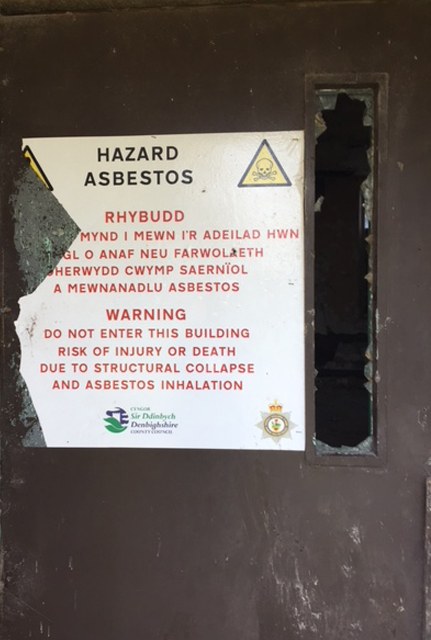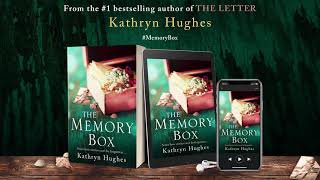INSIDE THE WALLS OF THE ASYLUM…

Over the past few months, we have been taking you behind-the-scenes of The Key. In this latest post, Kathryn Hughes takes you inside the walls of the book’s historic setting – a mental hospital in 1956.
Horror is not my genre, but whilst undertaking my research into Asylums I uncovered some truly horrific stories. It is no wonder that many horror films take their inspiration from such places. A quick Google search revealed over a hundred of them! There is no doubt that the advent of the Internet has made researching a book much easier. Without even leaving your desk you can educate yourself on all manner of subjects with just a few clicks of the mouse. Sometimes though it pays to dig a little deeper. Writers spend an awful lot of time at their desks so any excuse for an away-day is always welcome.
My third book, The Key, is set in a mental hospital in 1956. Ambergate Asylum is purely fictional but my descriptions of the building itself and the travesties within were conjured up after a field trip to Denbigh Asylum in North Wales. The Grade II listed building is now derelict but even today, some twenty three years after it closed, there is still much to see. The site is protected and I am not advocating trespassing but its still a magnet for urban explorers. After being sold off for a ridiculously cheap price of £350,000, the building has been the subject of protracted planning applications, urgent works notices and compulsory purchase orders ever since. Agreement on what to do with the site has yet to be reached and in the meantime the building continues to crumble.
Denbigh Asylum, also known by locals as simply, The Mental, housed over 1,500 patients at its peak. It’s a vast building situated in acres of lush Welsh countryside with panoramic views of the mountains of Snowdonia. Lurking around a derelict asylum on my own did not really appeal so my husband, Rob agreed to accompany me. On the day of our visit, the weather was dry and sunny and even though everywhere looks better in the sunshine, there was an eerie atmosphere, one of immense sadness and despair. If only walls could talk, I thought.Which brings me nicely onto my second field trip – The National Sound Archives at the British Library in London. It is now over fifteen years since Mental Health Media, began recording the life stories of former asylum patients. As I sat in a sound booth, completely isolated from the outside world, it was their voices that brought to life the horrors experienced within the walls of asylums such as Denbigh. Stories of Electroconvulsive Therapy, lobotomies, insulin coma therapy and patients incarcerated for almost the whole of their lives because they were deemed difficult or were a nuisance to their families. A diagnosis of ‘feeble-minded’ was enough to consign someone to an asylum indefinitely.
The patients I write about in The Key are all entirely fictional, but their stories mirror those of the patients who were actually there but never permitted to have a voice until now. The Sound Archives contain the life stories of fifty former patients and represent a fascinating and important piece of our social history.
If exploring abandoned asylums is not your cup of tea but you would like to find out more then www.countyasylums.co.uk would be an excellent place to start.






